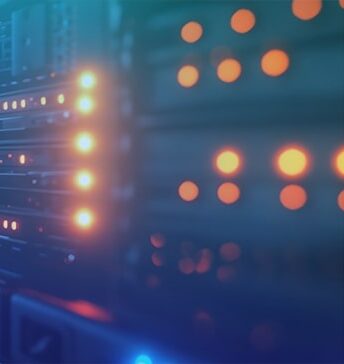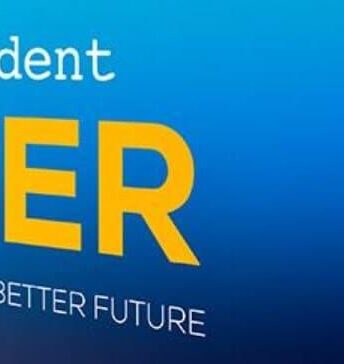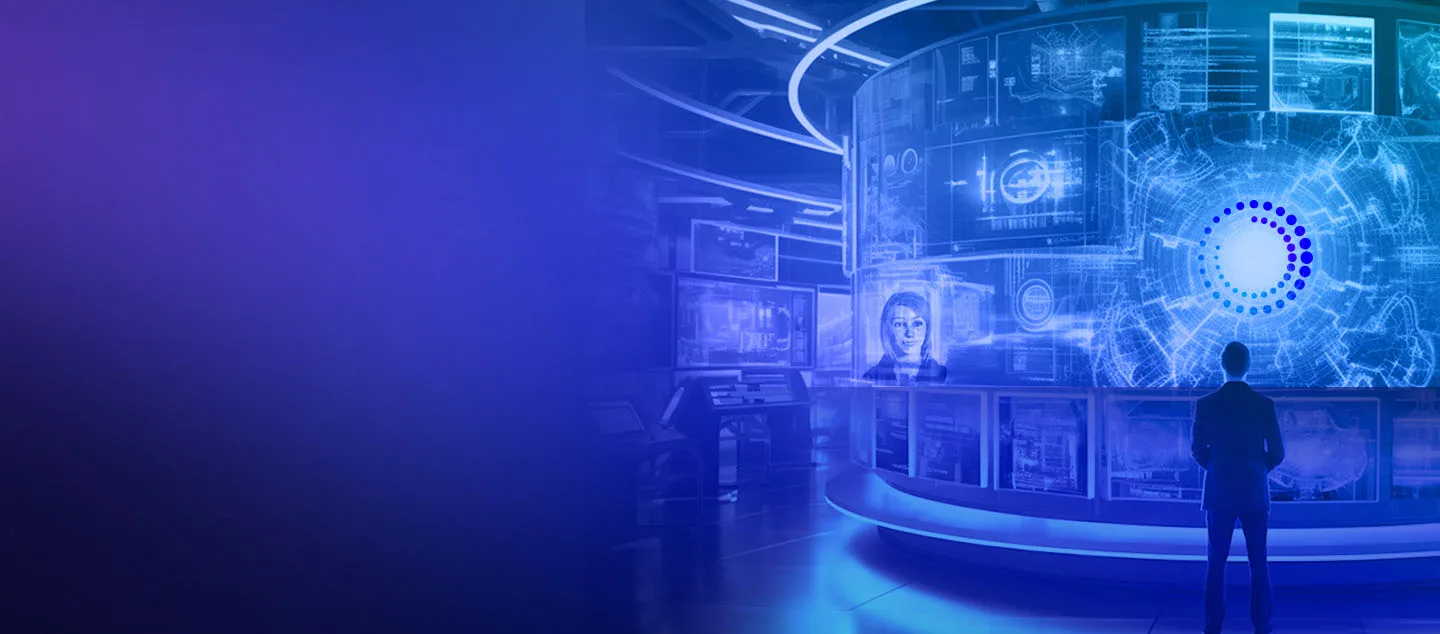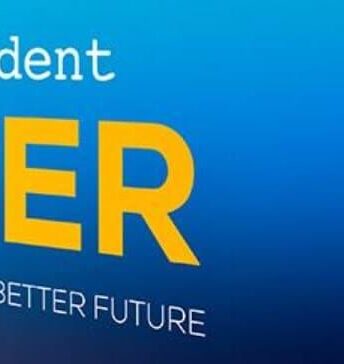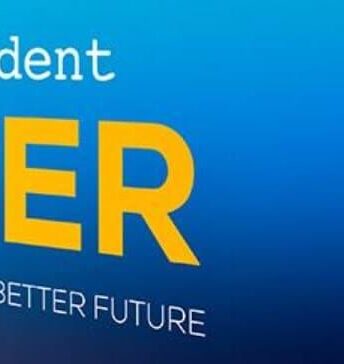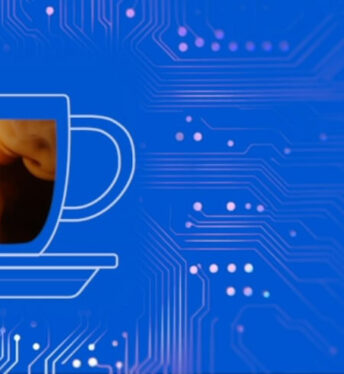The relentless struggle for supremacy between cybersecurity professionals and malicious hackers is an ever-present challenge. As technology advances, the strategies employed by those seeking to exploit vulnerabilities also evolve. In this CIONET Trailblazer episode, Madalin Dumitru – CEO & Founder of Cyber Smart Defence, part of Stefanini Group, delves into effective strategies that organisations can adopt to maintain an advantage in the dynamic battle against cyber threats.
As the landscape of cyber threats continues to evolve, how do you see the balance of power shifting between cybersecurity professionals and malicious hackers? What strategies can organisations adopt to maintain an edge in this constant battle?
At Cyber Smart Defence, we have witnessed a constant battle between cybersecurity professionals and malicious actors seeking to exploit vulnerabilities in digital systems.
Over the past two decades, hackers have continually refined their tactics, leveraging advancements in technology, and exploiting new vulnerabilities to gain unauthorised access to sensitive information, disrupt systems, and perpetrate cybercrimes.
As cyber threats continue to evolve, the balance of power between cybersecurity professionals and malicious hackers remains a dynamic and ever-changing challenge.
Both sides are continuously evolving their strategies and tools to gain an advantage.
To stay ahead in this battle, organisations should consider the following:
- Embrace automation and artificial intelligence in their cybersecurity practices to detect and respond to threats effectively.
- Adopt a Zero Trust Architecture, where trust is not assumed by default, and every request or transaction is verified.
- Educate employees about cybersecurity to reduce the risk of human error leading to successful breaches.
- Focus on continuous security monitoring and proactive threat hunting to identify and address threats in real time.
- Foster collaboration and information sharing with peers and industry groups to benefit from collective threat intelligence.
- Prioritise cloud security and integrate security into the development process (Secure DevOps) as more infrastructure moves to the cloud.
- Implement strong encryption and data protection mechanisms to safeguard sensitive information.
Organisations must take an all encompassing, multi-layered proactive and reactive approach that involves technology, processes, and education to maintain an edge against cyber threats. Cybersecurity is an ongoing process that requires adaptation and preparedness to counter emerging threats effectively. We have created our Cyber Smart Defence Strategy around this all encompassing approach.
The interconnectedness of devices and systems in the digital landscape offers both opportunities and risks. As technology continues to advance, how can organisations strike the right balance between innovation and security to safeguard critical assets and data?
To strike the right balance between these two aspects of the interconnected digital landscape, organisations must adopt a holistic approach. This involves integrating security considerations into every aspect of their operations while fostering a culture of cybersecurity awareness. Regular risk assessments and agile security practices enable them to identify vulnerabilities and address emerging threats promptly.
Employee training and awareness initiatives help build a security-first mindset across the organisation, reducing the risk of human error leading to breaches. Collaborating with industry peers and experts facilitates information sharing, staying abreast of the latest risks and best practices.
To safeguard critical assets and data, they must implement robust encryption and data protection measures, both for data in transit and at rest. A well-defined incident response plan ensures a swift and effective response to any security breaches that may occur.
Maintaining compliance with data protection and cybersecurity regulations helps them to stay on the right side of the law and reinforces their security posture. Continuous monitoring and improvement, along with regularly reviewing security measures, allow them to adapt to the evolving threat landscape and bolster their defences proactively.
In recent years, cyber threats have become increasingly sophisticated and persistent. As a leader in the cybersecurity space, how do you foresee the future of hacker methods evolving? What emerging trends do you believe will shape the next decade of cybersecurity challenges?
It’s clear that hackers’ methods will continue evolving with increasing sophistication and persistence in the coming years. AI-driven attacks, ransomware-as-a-service, IoT vulnerabilities, and supply chain attacks will become prevalent. Zero-day exploits, biometric spoofing, cloud security challenges, deep fakes, and quantum computing threats will also pose significant risks. Additionally, nation-state cyber warfare will remain a major concern.
Addressing these emerging challenges requires a vigilant and adaptive approach. This makes it all the more important to have both a proactive as well as reactive Cybersecurity strategy for complete coverage. As Cybersecurity professionals with our holistic proactive and reactive Cyber Smart Defence Strategy, we are continuously investing in advanced threat detection technologies, proactive security measures, and empowering ongoing employee training. Collaboration through public-private partnerships will be also be crucial for sharing threat intelligence and coordinating responses. By staying ahead of evolving tactics and working together, the cybersecurity community can effectively safeguard critical assets and data in the face of the ever-changing cyber threat landscape.
The supply chain has emerged as a potential entry point for cyber threats, as seen in some high-profile attacks. As a leader, what measures should organisations take to strengthen their supply chain security and mitigate the risks associated with third-party dependencies?
Organisations should conduct thorough risk assessments of vendors, establish stringent security requirements in contracts, and perform regular internal and external audits. Continuous proactive security monitoring, data encryption, and limited access to sensitive information are vital. Employee training and incident response planning enhance preparedness. Implementing redundancy and contingency plans reduces reliance on single vendors. Collaborating within the industry fosters collective efforts in addressing supply chain security challenges. These measures fortify defences against cyber threats arising from the supply chain.
As new technologies like AI and IoT rapidly become integral parts of business operations, they introduce new attack vectors for hackers. How do you envision the collaboration between cybersecurity professionals and technology developers evolving to address security challenges in these cutting-edge domains?
Collaboration between cybersecurity professionals and technology developers is vital to address the resulting security challenges from AI and IoT. The partnership will involve early integration of security measures, threat intelligence sharing, and regular security reviews. Cybersecurity education, red teaming, and joint incident response efforts will enhance system resilience. Adopting standards and compliance frameworks specific to AI and IoT will be emphasised. The collaboration will foster a security-first culture within technology development teams, ensuring a cohesive and standardised approach to security. Through this joint effort, businesses can confidently embrace cutting-edge technologies while mitigating potential cyber threats.
Madalin’s insights underscore the urgency for organisations to stay ahead in the ever-evolving cyber landscape. By adopting a comprehensive Cyber Smart Defence Strategy that melds technology, education, and collaboration, they can effectively defend against threats, strike a balance between innovation and security, and empower their workforce to be resilient against social engineering tactics. The future demands unwavering vigilance, adaptability, and collective effort to safeguard critical assets and data from the relentless tide of cyber threats.



